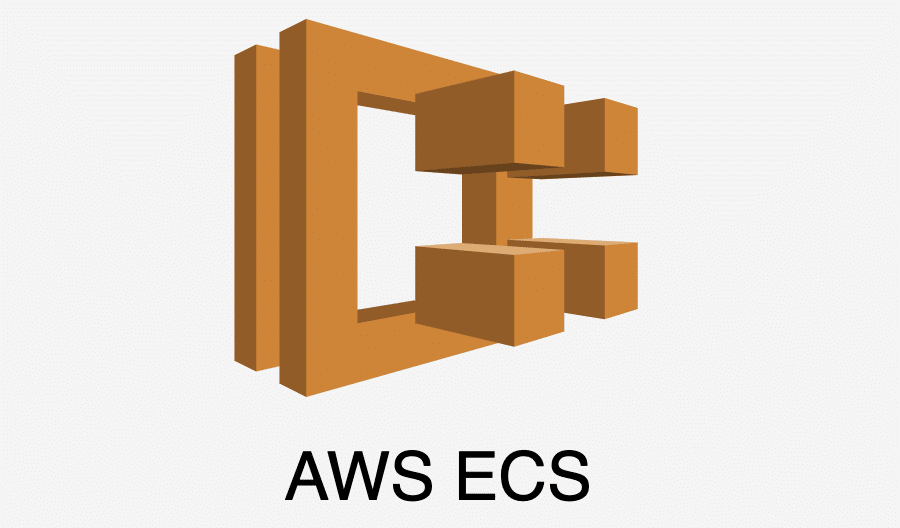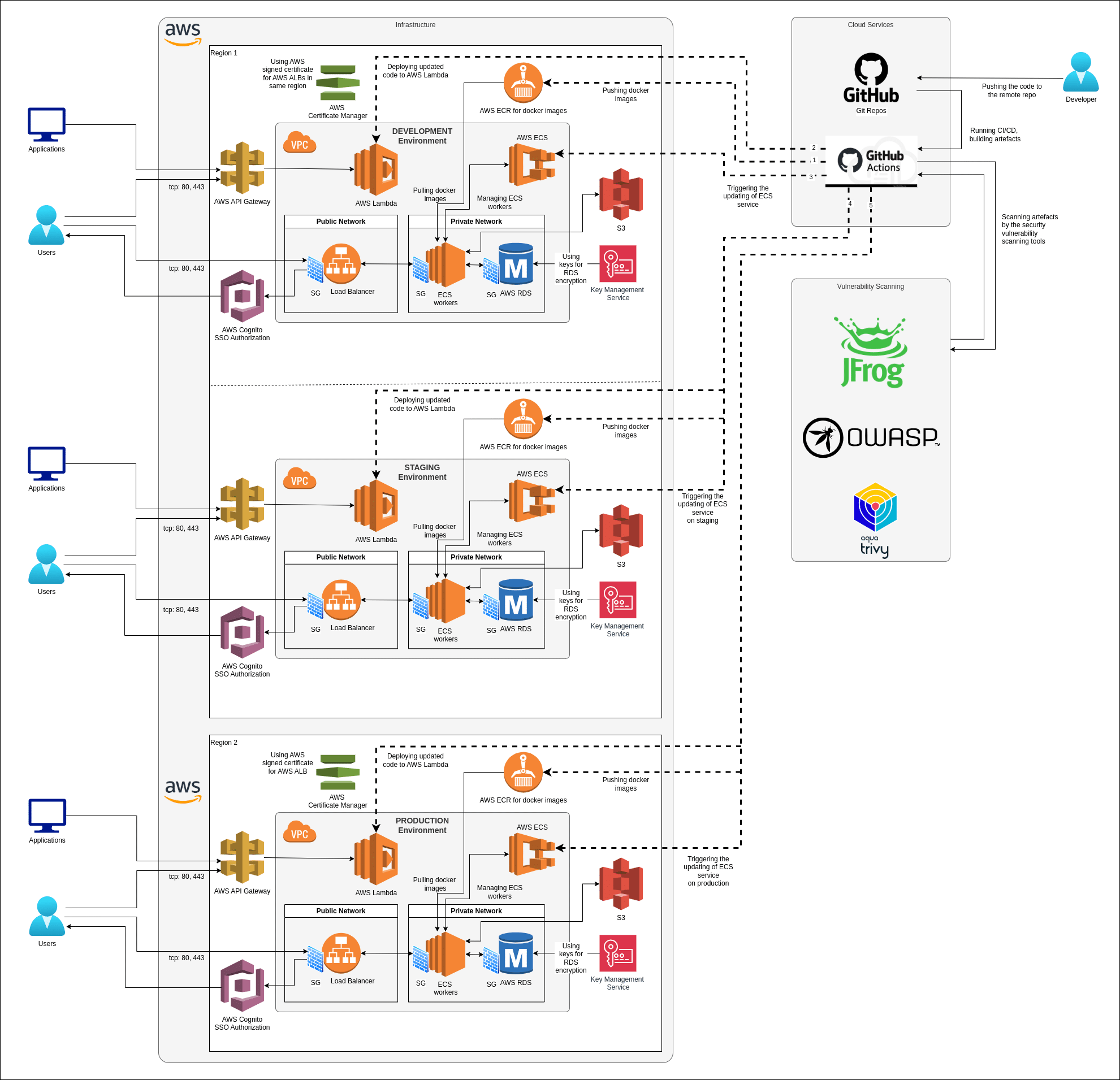Share
Out DevOps Team has a lot of experience to work with many different cloud providers like AWS, DigitalOcean, Google.Cloud, AliCloud and also Microsoft Azure.

There is always competition among cloud providers, and they add services that competitors have.
At the moment we have experience with several services inside Microsoft Azure in our recent projects.
- Virtual Machines – to run different web applications;
- Blob Storage – to save different unstructured data wi easy way to scale the storage;
- Container Registry – we have saved our docker containers images to use in the commercial project;
- Azure Kubernetes Services – to manage a cluster with a Kubernetes orchestrator for container deployments in some project;
- SQL Database – for the database of a web application;
- Azure API – for our bot to get the state of the infrastructure in the cloud. The bot can different delivery reports about states of the infrastructure;
- Active Directory – to manage the access of the personnel people and groups to the services in the Azure;
- Resource Groups – to manage different type of resources on a web application like one object;
- Azure Container Services – like a pre-configured environment for scalable deployment and management of containerized workloads.
All cloud providers have tens of different services inside. We have a lot of the experience to investigate and use any different functions in different provides because all of them are similar.


